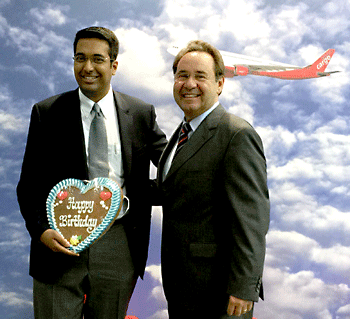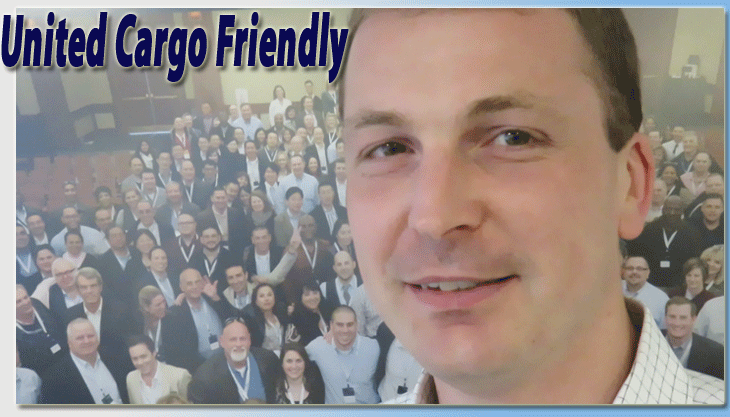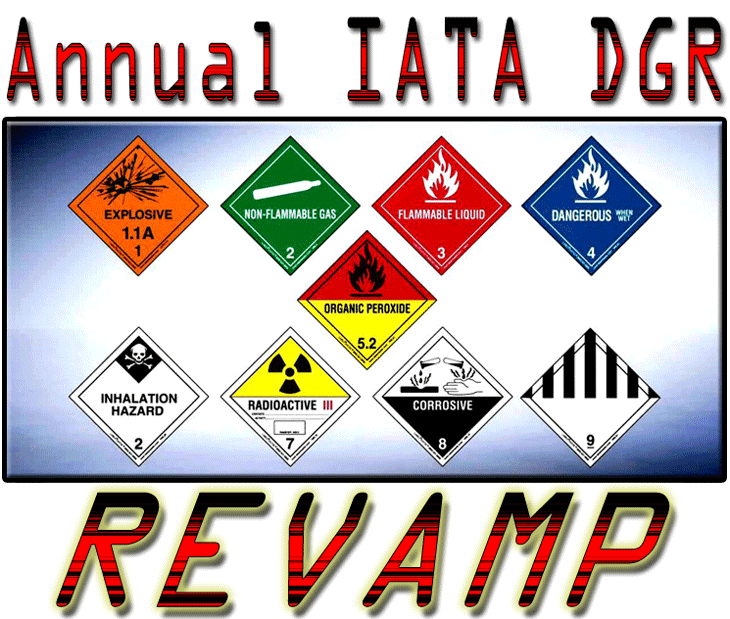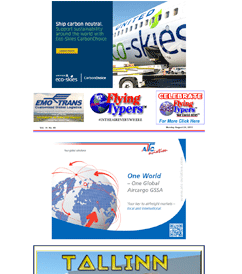
“Simple
and unadorned” is the now familiar brand model for air
cargo resource leisure Cargo, which takes over the below-deck
capacity of several vacation carriers that otherwise cross-hatch
vacation-bound contrails across the sky.
So while upstairs on the main deck
it may be victuals, libations, and party time, downstairs the
carrier has a guaranteed steady stream of revenue with leisure,
which is fitting in, not showing off very much, and remains
profitable as an air cargo enterprise.
We’re happy to report that leisure
Cargo is alive and well and prospering in 2015. We spoke to
Ralf Auslaender, who founded the company 15 years ago during
the days of LTU. Today, with Air Berlin ownership, he talks
cargo and continues to sound upbeat and expansive about Leisure’s
future.
leisure Cargo currently markets cargo
space from 18 airlines on an international and regional basis,
with strong emphasis on worldwide representation.
Total
Cargo Management
“We are the total
Air Cargo Management Experts, providing 18 carriers we represent
with full logistical know-how like sales, handling, and road
feeder service supported by a well-distributed GSA network worldwide,”
Ralf said.
When he began in January 2000, leisure
Cargo was and remarkably still is the only “virtual cargo
airline.”
Without any of its own fleet but having
access to the bellies of those aforementioned 18 carriers, leisure
Cargo is able to offer its service to upwards of 300 destinations.
“Our customers include national
and international, big and well-known forwarder companies, but
also private clients who can rely on a fully dedicated staff
at the stations headquartered at DUS airport, and airports FRA,
HAM, MUC.
“By using only one AWB and having
access to one reservation system worldwide, leisure Cargo can
serve all matter of requests individually and flexibly,”
Ralf said.
A
Genuine Original
 We like Ralf for his originality and determination, but best
of all for his genuine human touch and ability to keep things
simple.
We like Ralf for his originality and determination, but best
of all for his genuine human touch and ability to keep things
simple.
At DUS, where leisure is based, the
offices are small and compact and within a five-minute walk
to anybody you might want to talk to about anything dealing
with air cargo.
“I like to be able to be hands
on in any situation,” Ralf said.
We were sitting in the leisure stand
at Air Cargo Europe last month.
The leisure enclave was a beehive with
folks buzzing in and out.
It was also a personal place that felt
like a sanctuary, a beacon of smiling faces, dear hearts, and
gentle people at an otherwise big, impersonal, and at times
overwhelming mass event.
Here the welcoming feeling was advanced
by people offering a great deal of warmth and a human touch
to the goings on.
There were of course things to eat
and drink.
But there were also broad, smiling
faces from people like Frankfurt-based Ralf Riksen and leisure’s
Latin American guru Erik Fraenkel. Also moving in and out of
the mix was the brilliant operations wizard Christian Weidner
and Karin Rohnstock, the go-to problem solver.
These are people we have grown to know
and love over the years.
Fortunately for us, they keep sending
that feeling right back and the welcome is always genuine.
At Air Cargo Europe Munich there were
big vases full of beautiful, fresh, long-stemmed red roses,
available for the taking.
In the middle of the show somebody
remembered a staff birthday, and everyone gathered to sing ‘Happy
Birthday’ and eat cake.
Those are the touches we liked, and
leisure never disappoints in that department.
And looking at the continued years
of operation, who can argue that being the nice guys in air
cargo doesn’t pay off?
 |
Canada’s 2nd Biggest
Airline at leisure
“We have
welcomed Canada’s Air Transat to the leisure Cargo family,”
Ralf said.
Transat A.T. Inc. is one of the largest
integrated tourism companies in the world and the leader in
Canada’s holiday travel industry.
The Company, which is headquartered
in Montreal, has more than 5,000 employees and 18 business units,
all operating in the travel and air transportation industries
in Canada, France, the United Kingdom, the Netherlands, Greece,
the United States, Mexico, and the Dominican Republic.
“Air Transat is a traditional
holiday carrier that serves Paris/Montreal, London Gatwick/Toronto,
and elsewhere.
“Over the summer they are in
Europe to destinations in Spain, Italy, Czech Republic, Hungary,
Istanbul, Amsterdam, Brussels, UK, you name it.
“During the winter the emphasis
is to fly south to the Caribbean, Mexico, and elsewhere where
it is warm.
“We have enjoyed growth with
Lux Air recently and have also welcomed Estonian Air this month,
adding first flights for leisure Cargo from their base in Tallinn.
“Some of our carriers are by
no means giant, standalone networks, but combined with the other
carriers leisure serves, we maintain a continued organic growth,
offering shippers a global network of possibilities via more
than 500 aircraft to worldwide destinations within the leisure
Cargo system.
“We remain quite the lean company,
employee-wise; in fact about the same as we were a few years
ago (with 65 employees), but we have added some cargo revenue
management in Chennai to support our ability to also deal with
various administrative demands.
“For headquarters in DUS I like
to have everything right in front of me on one level so we can
deal directly and immediately with situations.
“Customers want answers at once
and that is our mission at Leisure Cargo,” Ralf Auslaender
insists.
Mr. Auslaender mentioned that leisure
Cargo parent company Air Berlin represents about 35 percent
of total throughput of business and that so far there has not
been much made of aligning the products of ABs partner companies
such as Etihad, saying quickly, “never say never, nothing
has been ruled out.”
“I am sure that there are certain
things we can all do together that need to be sorted out down
the line,” Ralf said.
“What leisure Cargo can be a
bit proud of is our achievements as a company, which have been
reached without any investment since we began as part of LTU
25 years ago in 1990, aside from my salary at startup.
“For others, building a company
like leisure Cargo would be a hugely expensive undertaking,
but we did it one step at a time, going from strength to strength
over the years.”
Looking ahead, Ralf sees additional
growth.
“Today markets are expanding
for leisure Cargo’s member airlines as bigger aircraft
and increased capability to lift air cargo in newer generation
fleets have opened opportunities to Latin America and Cuba as
well as Eastern Europe and Asia.
“Are we bullish on the future
of leisure Cargo?
“The answer to that question
is an emphatic ‘yes,’” Ralf Auslaender said.
Geoffrey
|




 Irrepressible
Warren Jones may have been down when he suddenly departed IATA
Cargo Network Services as president earlier this summer.
Irrepressible
Warren Jones may have been down when he suddenly departed IATA
Cargo Network Services as president earlier this summer.




 We like Ralf for his originality and determination, but best
of all for his genuine human touch and ability to keep things
simple.
We like Ralf for his originality and determination, but best
of all for his genuine human touch and ability to keep things
simple.





